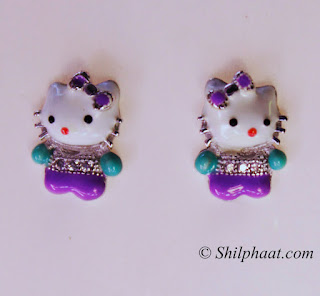India, once known for its excellence in fabric
weaving and related artistry suffered major setback during British regime.
Every region, being characterized by its own style of handloom woven fabric,
offer different type of fabrics based on design and yarn type. Cheap, imported,
machine-made, artificial yarns and fabrics led to continuous downfall of Indian
handloom industry. Rapidly depleting conditions of industry and changing
customer preference led to weavers search for alternative employment
opportunities.
Handlooms are important for India both
culturally and economically. However, despite many efforts, the condition of
industry and weavers is sliding only. As per Handloom Census 2009-10, most of
the handloom households live in kutcha (54%) or semi-pucca (31%) houses.
Average annual income for handloom households in purely commercial production
is estimated to be Rs 30,747. Census also indicates that there are nearly 27.83
lakh handloom households in India with highest in North-east states. The total
weaver household units recorded a decline from the first (29.9 lakh weaver
households), to the second (25.3 lakh weaver households) and the third (22.6
lakh weaver households) handloom Census, indicating that the sector has
exhibited a declining trend for over the two decades.
This census is a wake-up call to stop India
from losing its one of its most admired heritage: its handloom products. In the
global market, serving all machine made look-alike product, the handloom
products can create marked difference and make one “stand out of world”.
Reference
· http://handlooms.nic.in/Writereaddata/Handloom%20report.pdf







